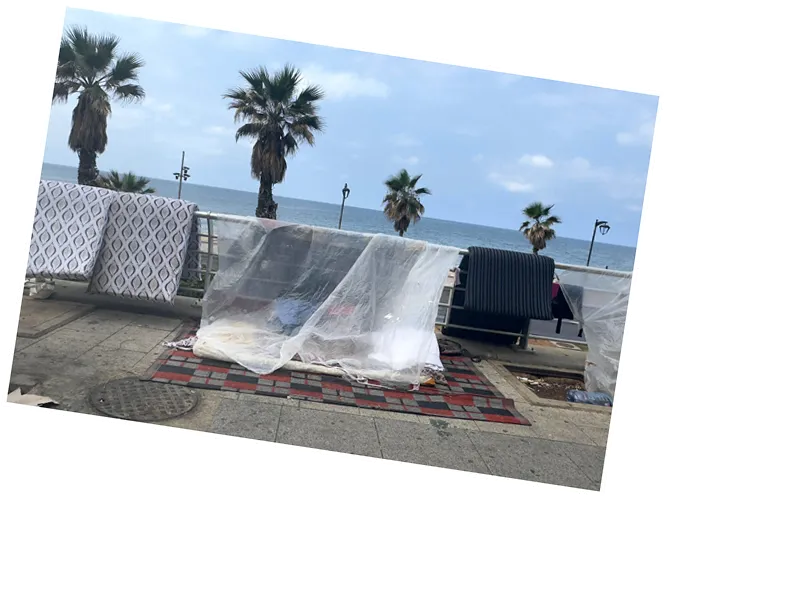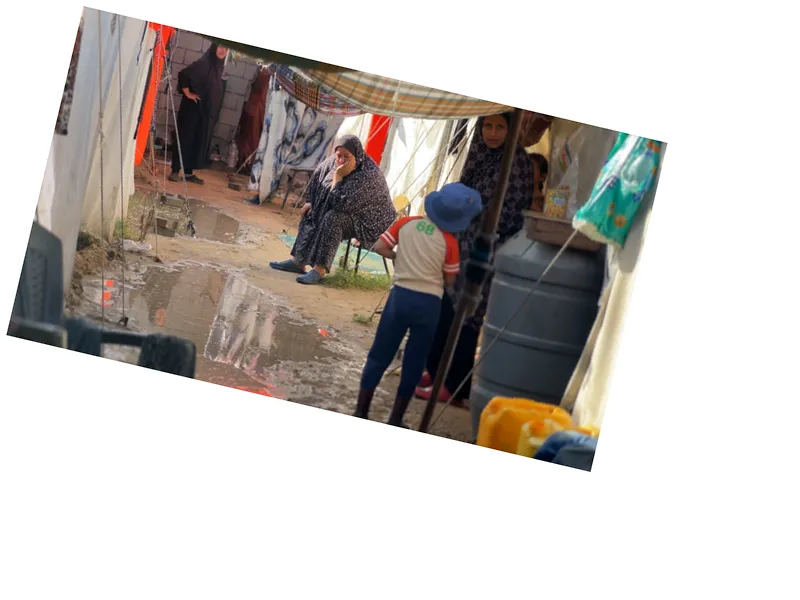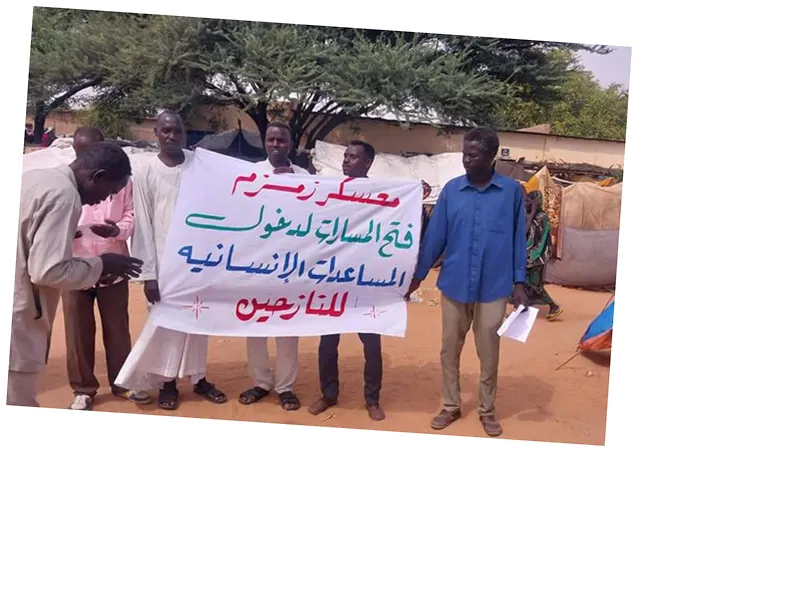Displaced Families Struggle on Beirut's Corniche Amid Escalating Conflict
As the conflict intensifies in Lebanon, particularly with the recent Israeli shelling in southern towns, the plight of displaced families has become increasingly dire. Hundreds of individuals, like Rawan and her family, now find themselves sleeping on the streets of Beirut's Corniche, having fled their homes in search of safety. Rawan, who left her home in Haret Hreik, describes the chaotic escape that led her family to this new and harsh reality. "We thought we would return quickly, but ten days later, we are still here, living in the open," she said, reflecting the uncertainty faced by many.
The number of displaced individuals has surged, with official estimates indicating over one million people forced to leave their homes. While some have sought refuge with relatives or rented accommodations, many others are left to fend for themselves on the streets and public parks, as local shelters become overwhelmed. Abu Muhammad, another displaced father, lamented, "We thought Beirut would be safe, but we are homeless here too."
The situation is compounded by a significant shortage of shelters and skyrocketing rental prices, pushing families to seek refuge on the Corniche's sidewalks. The once vibrant area, known for summer festivals and celebrations, now echoes with the struggles of those displaced by war. A shelter worker noted, "Our capacity has exceeded the limit, and families are sleeping in school corridors without enough food or blankets."
In the absence of adequate shelter solutions, some families have resorted to sleeping in their cars. Khalil, a displaced man from Tyre, shared his experience of living in a cramped vehicle filled with belongings, highlighting the lack of support from authorities. Meanwhile, Umm Ali, a mother of four, expressed her distress over her children's suffering from hunger, stating, "This is the worst nightmare any mother can live."
Current estimates indicate that approximately 185,400 displaced persons are in shelters across Lebanon, with many centers reaching maximum capacity. The distribution of displaced individuals varies by region, with the highest numbers in Mount Lebanon and Beirut. As the humanitarian crisis deepens, the need for effective government initiatives and aid support becomes increasingly urgent.





